
Blog
Celebrity Neighborhoods Amid California Wildfires
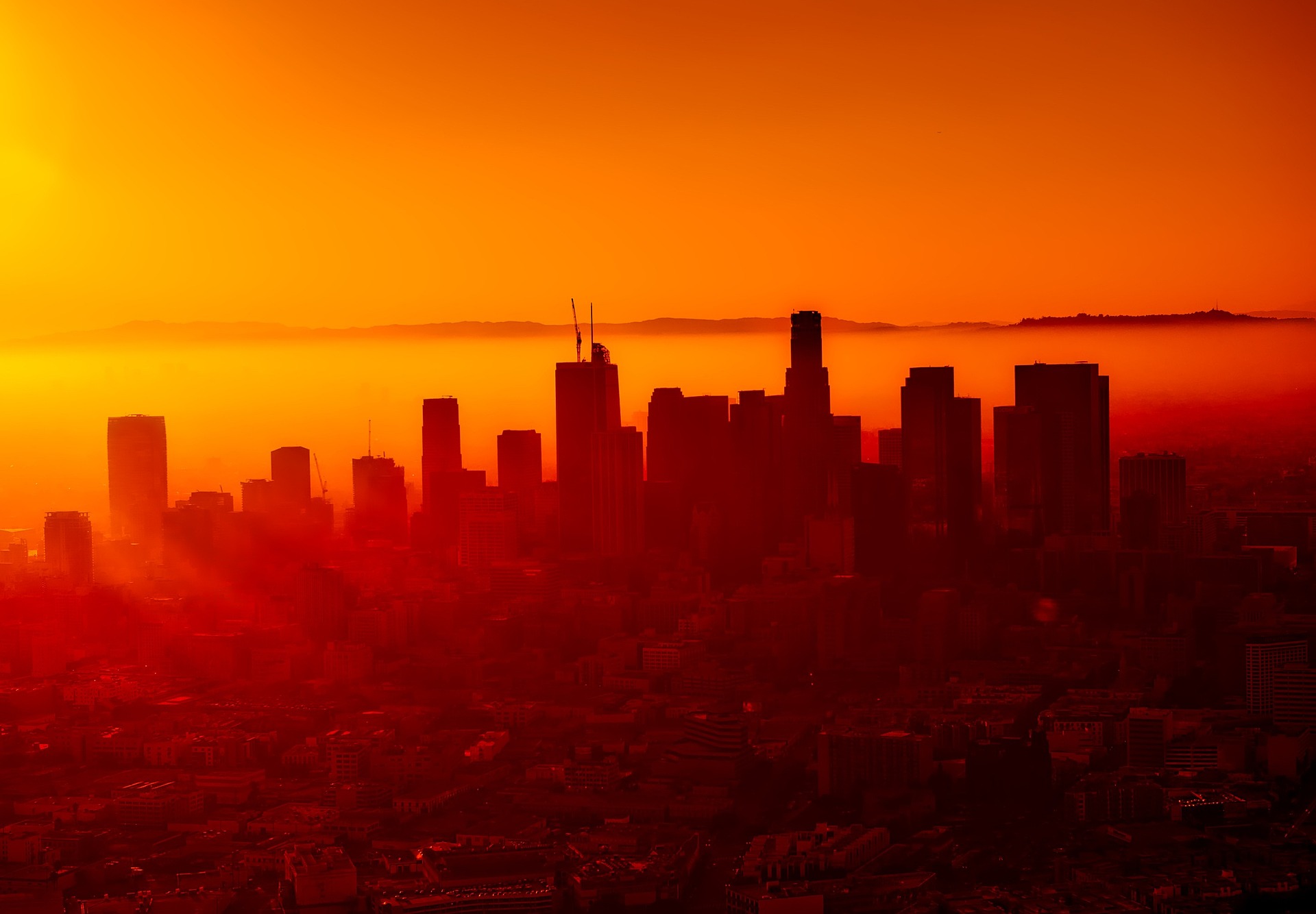
Los Angeles, our vibrant city known for its iconic skyline and endless sunshine, is facing another tough wildfire season. In the past few weeks, several wildfires have sprung up, leaving behind a path of destruction. Fueled by strong winds, low humidity, and dry vegetation, these fires have been hard to contain, making it a challenging time for everyone.
The Fires’ Impact
Let’s talk about the areas hit the hardest – Pacific Palisades and Altadena. These neighborhoods have faced the brunt of the fire activity, and it’s been intense. Sadly, we’ve lost at least six precious lives, and thousands of our neighbors have had to leave their homes behind. It’s truly heartbreaking to see more than 1,000 structures, including homes and businesses, destroyed. The loss is immense, and the personal and economic impact on our community is something we’ll all feel for a long time.
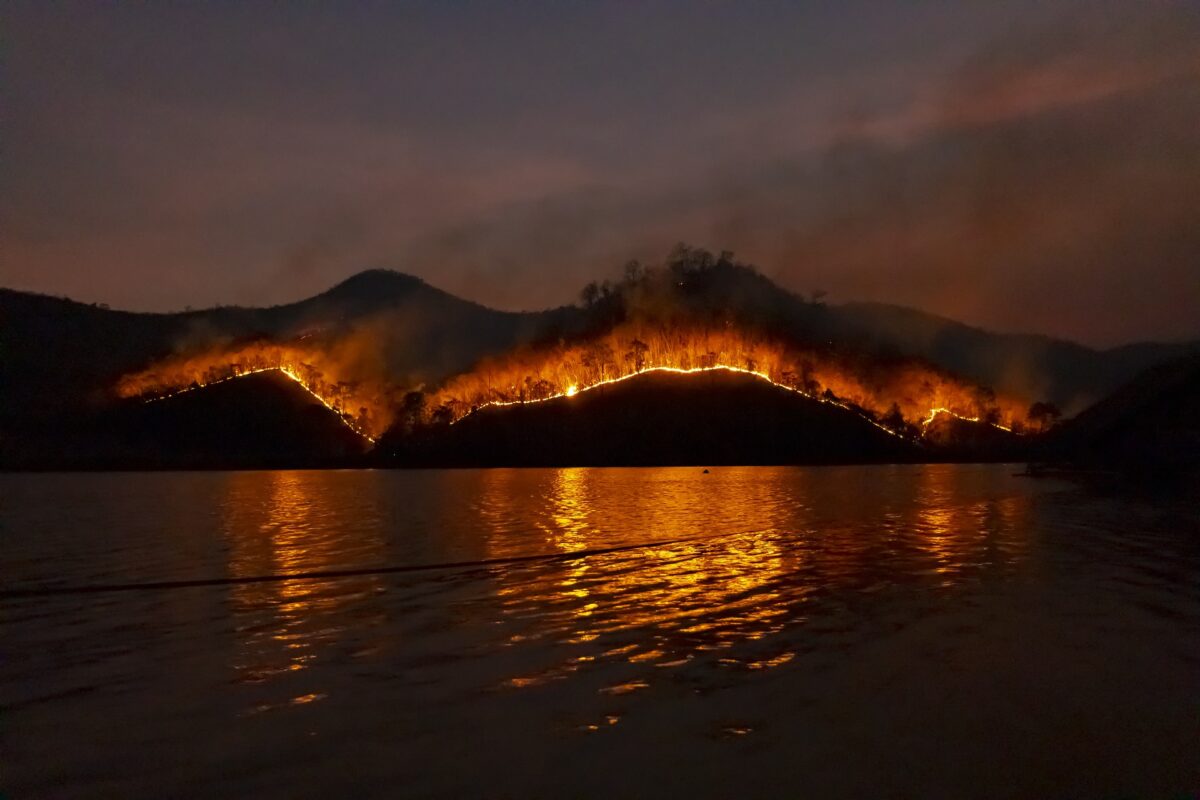
Devastation of Celebrity Neighborhoods
Governor Gavin Newsom of California has declared a state of emergency and directed the National Guard to assist in the response to the wildfires. Local fire authorities have also requested help from out-of-state responders. The evacuation orders have affected areas, including the neighborhood where Vice President Kamala Harris resides.
This wildfire has caused widespread devastation, particularly in upscale residential areas known for housing Hollywood celebrities. Many celebrities were forced to evacuate their homes. Reports indicate that the $6.5 million mansion of actors Adam Brody and Leighton Meester, known for their roles in Netflix’s “The OC” and the series “Gossip Girl,” was destroyed in the blaze.
The fire in Pacific Palisades also saw actor Steve Guttenberg, famous for his roles in “Police Academy” and “Three Men and a Baby,” volunteering to support firefighters. In an interview with local TV station KTLA, Guttenberg urged residents evacuating by car to leave their vehicle keys inside to ensure fire trucks could pass through.
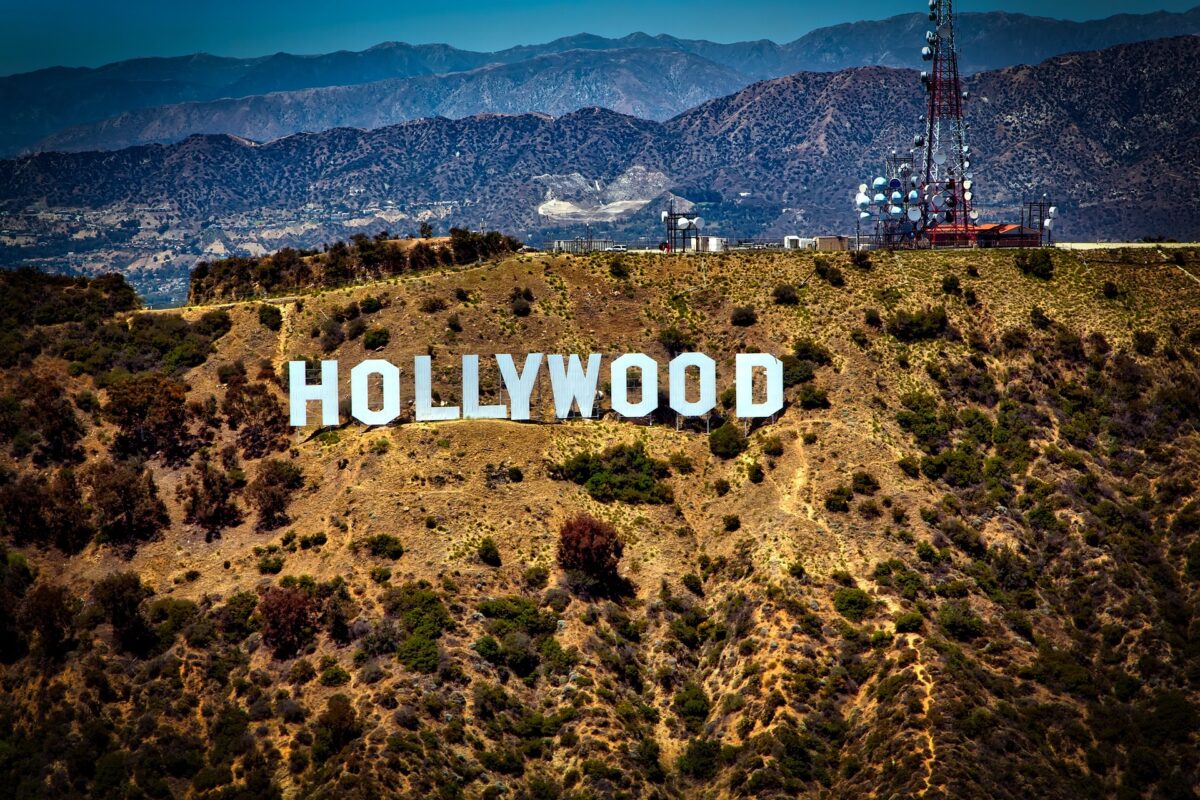
Environmental and Health Concerns
The wildfires have caused more than just structural damage. The smoke in the air has made it hazardous for all of us, especially for our elderly, children, and anyone with respiratory conditions. Local hospitals are seeing more patients with smoke-related illnesses.
And let’s not forget the environmental toll. Thousands of acres of our beautiful forests have been reduced to ashes, destroying habitats and releasing a massive amount of carbon into the atmosphere. This makes the climate change issue even more pressing, setting up a cycle of hotter temperatures and more frequent wildfires.

Efforts to Combat the Fires
The city is doing everything it can to tackle this crisis. Los Angeles County has declared a state of emergency, and firefighters from across the region are working around the clock to control the blazes. But with strong winds and dry conditions, their job is far from easy. Many fires are still burning out of control, and these brave men and women are risking their lives to protect our homes and communities.
Technology is playing a big role too. With the help of satellite images and drones, firefighters are able to monitor the fires and assess the damage in real-time. This helps them decide where to focus their efforts and make the best use of their resources.

Wildfires in Other Places
In recent years, both Vancouver and Australia have experienced devastating wildfires. In Vancouver, large-scale wildfires, particularly in Jasper National Park in Alberta, have caused widespread destruction. A fire that broke out in July 2024 in the park became uncontrollable, with the town of Jasper facing the possibility of severe damage. Additionally, in 2023, British Columbia experienced record-breaking wildfires, with thousands of residents being evacuated and firefighters risking their lives. Tragically, several firefighters lost their lives while combating these fires.
Meanwhile, Australia endured catastrophic wildfires from September 2019 to February 2020, known as the “Black Summer.” These fires burned over 18.6 million hectares of land, destroying over 6,500 buildings, and killing more than 40,000 koalas. The fires also devastated wildlife, including entire habitats like Kangaroo Island, where half of the island was engulfed in flames.
These incidents highlight the growing frequency and intensity of wildfires, which experts attribute to the ongoing effects of climate change, amplifying the devastation and increasing the risks for communities and ecosystems.
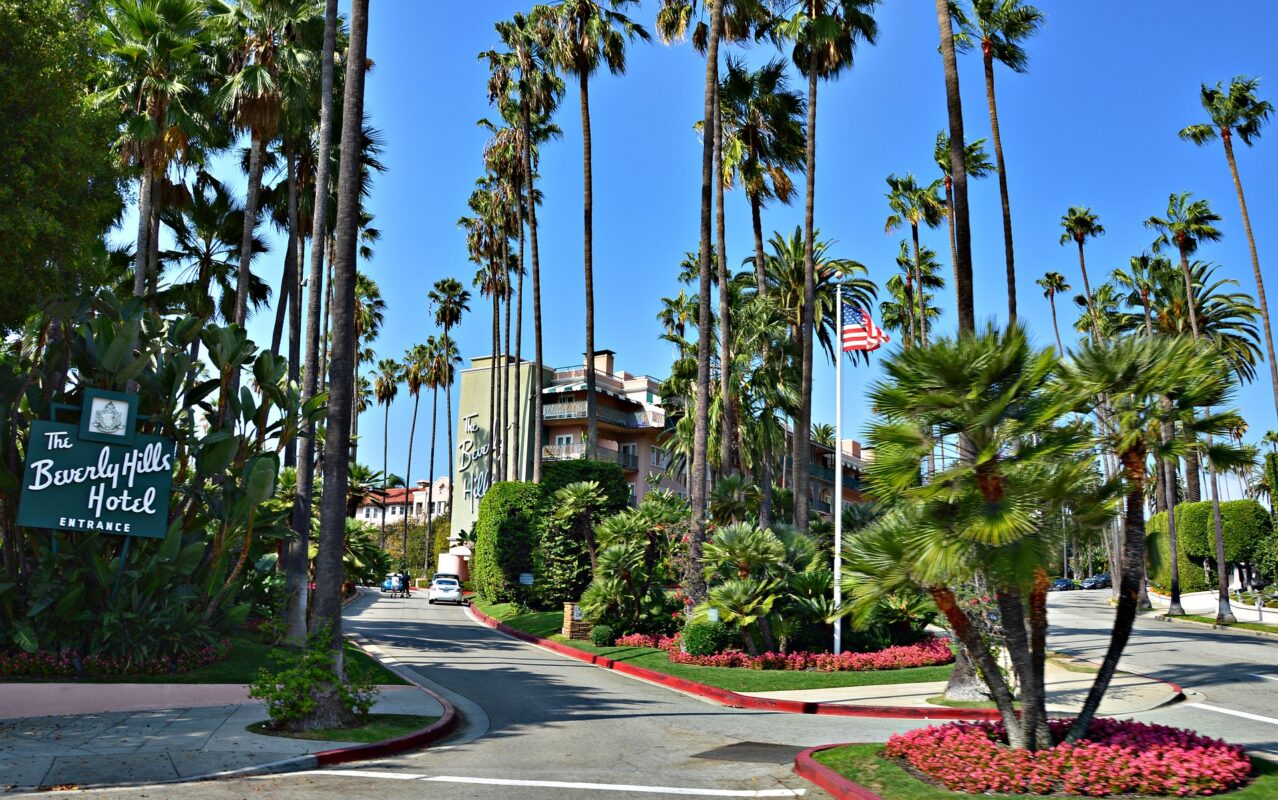
Climate Change and Its Effects
The number of wildfires is on the rise, and it’s a trend that’s hard to ignore. As our planet warms, we’re seeing more frequent and intense fires in places like California, Australia, and parts of the Mediterranean. Climate change is playing a big role in this increase, bringing warmer temperatures, longer droughts, and unpredictable weather patterns—conditions that make wildfires easier to start and harder to contain.
Think about the wildfires in Australia during the 2019–2020 “Black Summer,” where millions of hectares of land were destroyed, homes were lost, and countless animals perished. Or the wildfires in California, where fires are becoming larger and more destructive each year. These aren’t isolated events—they’re part of a growing global pattern.
The sad reality is that as the climate continues to change, we can expect more wildfires in the future. It’s a reminder of how interconnected we are with the environment and how important it is for us to address climate change now, before it’s too late.
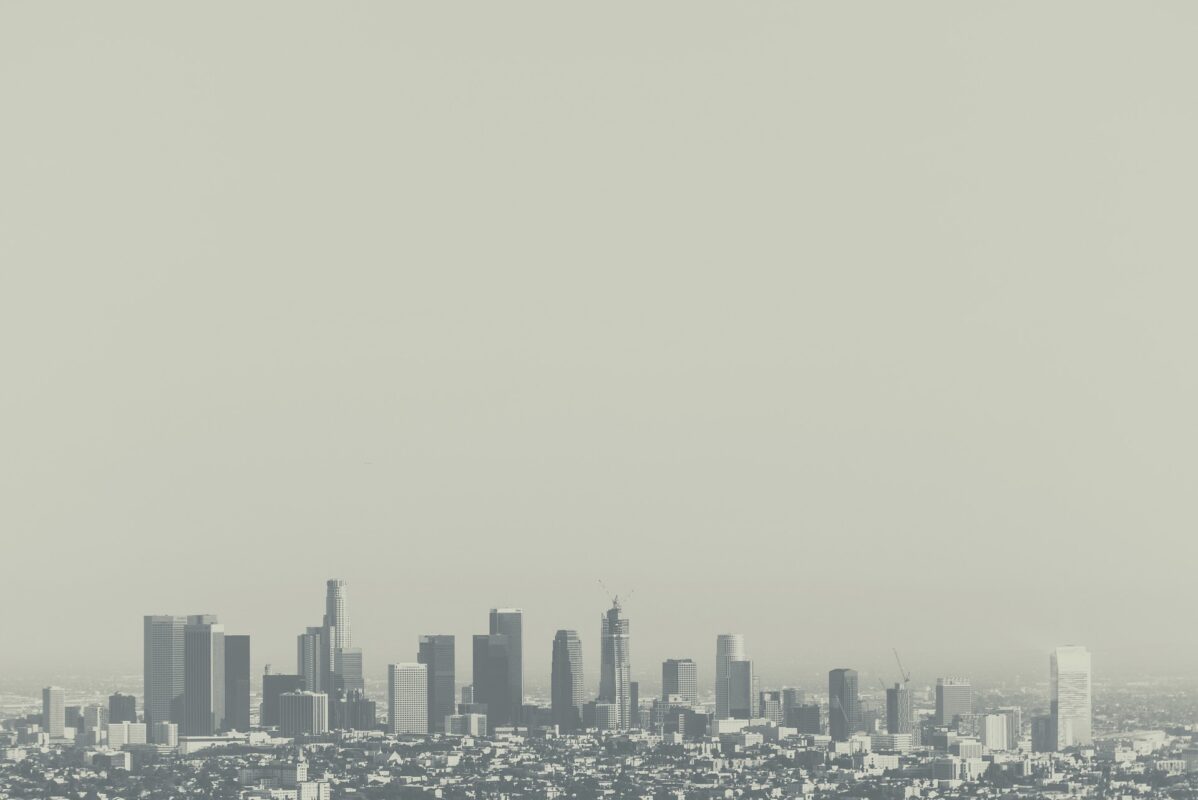
Looking Ahead
As we continue battling wildfires, it’s evident that we must focus on long-term solutions to prevent future tragedies. Effective forest management, fire-resistant infrastructure, and public education on fire safety are all essential. At the same time, addressing the broader issue of climate change, which is exacerbating the frequency and intensity of wildfires, is critical. One way we can help is by choosing environmentally friendly products and reducing waste, such as food and packaging waste. Additionally, carbon credits offer another impactful avenue for contributing. Through carbon credits, you can measure and quantify your contribution to the fight against climate change. We are here to help you take action.
